Blog
Rainier Roofing Company
Free Estimates Honor Manufacturers' Warranties 10 - Year Craftsmanship Guarantee
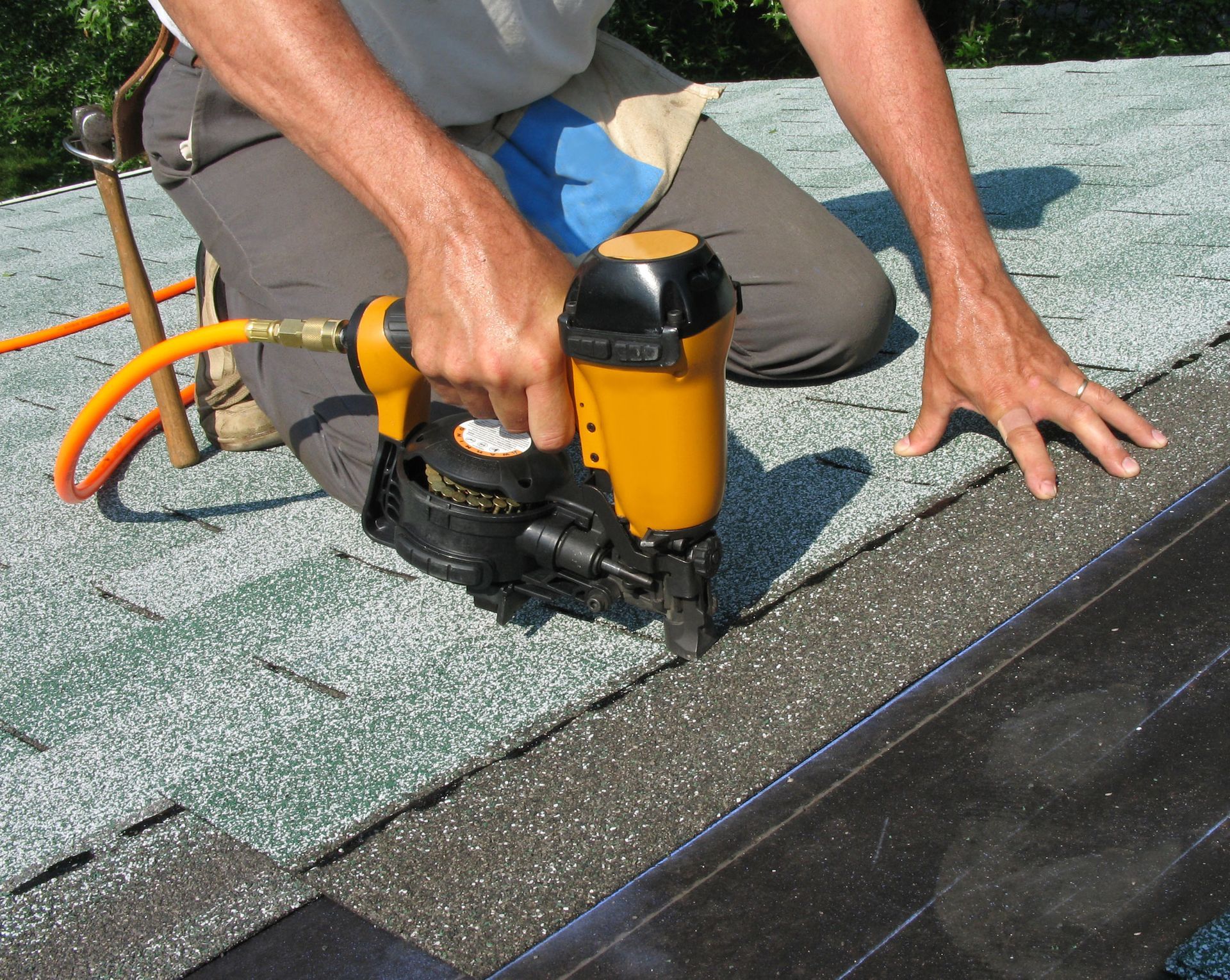
Roof repairs are essential for maintaining the integrity and safety of any home. Whether it’s a small leak or major structural damage, timely repairs help prevent further deterioration and costly issues down the line. Despite the critical nature of this task, it inherently carries significant risks, including falls, exposure to weather, and handling heavy materials at heights. These dangers require professionals to adopt stringent safety measures to protect both themselves and the homeowners they serve. Here, we explore how roofing service experts make safety a top priority through training, equipment use, inspections, weather planning, and effective teamwork. Prioritizing Safety Through Training Any reputable roofing service begins with one key foundation—proper training. Roofing companies invest heavily in educating their teams about essential safety protocols before they ever step foot on a roof. This includes understanding Occupational Safety and Health Administration (OSHA) standards, learning fall prevention techniques, and using personal protective equipment (PPE) correctly. Training programs often involve both classroom instruction and hands-on demonstrations. Workers learn how to assess a job site, set up safety systems, and respond to emergencies. Ongoing education is also common, ensuring that staff remain up-to-date on changing safety regulations and equipment innovations. By making training a priority, roofing professionals significantly reduce the risk of accidents while building a strong culture of safety within the team. Using Proper Equipment The use of the right equipment is crucial in reducing the inherent risks of working at heights. A professional roofing service equips its teams with high-quality tools and safety devices designed to provide both efficiency and protection. Common equipment includes safety harnesses, anchor points, guardrails, and roof brackets. These are used in combination to stabilize workers and prevent falls. Ladder stabilizers and scaffolding also play a vital role, especially on steep or complex roofs. Additionally, roofers wear protective gear like helmets, gloves, slip-resistant boots, and eye protection to minimize injury risks from tools, nails, or debris. Beyond using the right tools, trained professionals know how to inspect and maintain their equipment regularly, ensuring that nothing is worn out or malfunctioning before each job begins. It’s this kind of attention to detail that helps roofing service providers create a secure environment on even the most challenging projects. Conducting Thorough Inspections Before any repairs begin, a detailed roof inspection is essential. This allows the roofing crew to evaluate the overall condition of the structure, identify problem areas, and develop a plan for safe execution. A high-quality roofing service will always include this step, regardless of the project’s size. According to Bob Vila, a well-known home improvement resource, homeowners should inspect their roof for replacement consideration if it’s more than 20 years old. Even if visible damage isn’t present, underlying issues may be developing, such as weakened shingles, hidden leaks, or compromised support structures. By identifying these areas in advance, roofing professionals can take extra precautions to avoid stepping on unstable surfaces or triggering unexpected collapses. Inspections also allow crews to determine which tools and safety measures will be most effective. For example, if the inspection reveals mold or rot, extra gear might be needed to protect workers' respiratory health. In short, the inspection phase lays the groundwork for a safe and efficient repair. Scheduling Repairs with Weather in Mind Weather is one of the most unpredictable variables in roofing. Wind, rain, snow, or even excessive heat can turn a standard job into a dangerous situation. That’s why experienced roofing service providers pay close attention to weather forecasts and plan their schedules accordingly. Working on a roof during rain or snow increases the risk of slips, while gusty winds can unbalance a worker or send tools flying. Similarly, extreme heat can lead to dehydration or heat exhaustion, putting crew members at risk. A professional team will avoid scheduling work during unfavorable conditions and will reschedule if forecasts change unexpectedly. By building weather flexibility into their project timelines, roofing services not only ensure safety but also maintain work quality. After all, shingles and sealants often require dry conditions to adhere properly. Delaying a job by a day or two might seem inconvenient, but it ensures both safety and long-term durability. Experts in the field take numerous steps to ensure that safety stands paramount. Through rigorous training, the use of proper equipment, thorough inspections, careful scheduling, and steadfast communication, roofing service professionals can adeptly manage the risks associated with roof repairs. As they continue to refine these practices, homeowners can rest assured that their roof repairs are conducted with the utmost care and consideration for safety. If you need a reliable roofing service that prioritizes safety and quality, don't hesitate to contact Rainier Roofing Company today for an inspection.

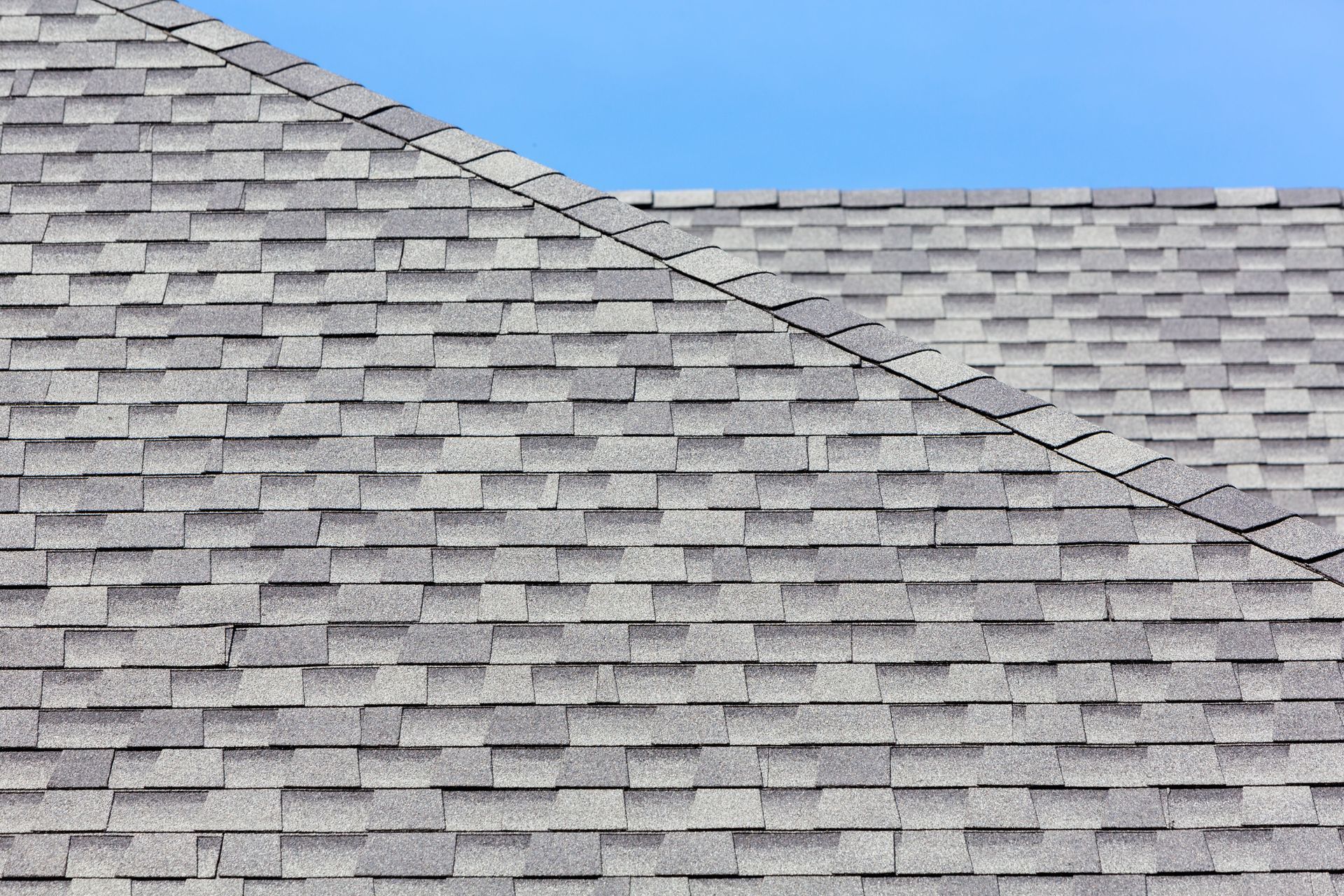
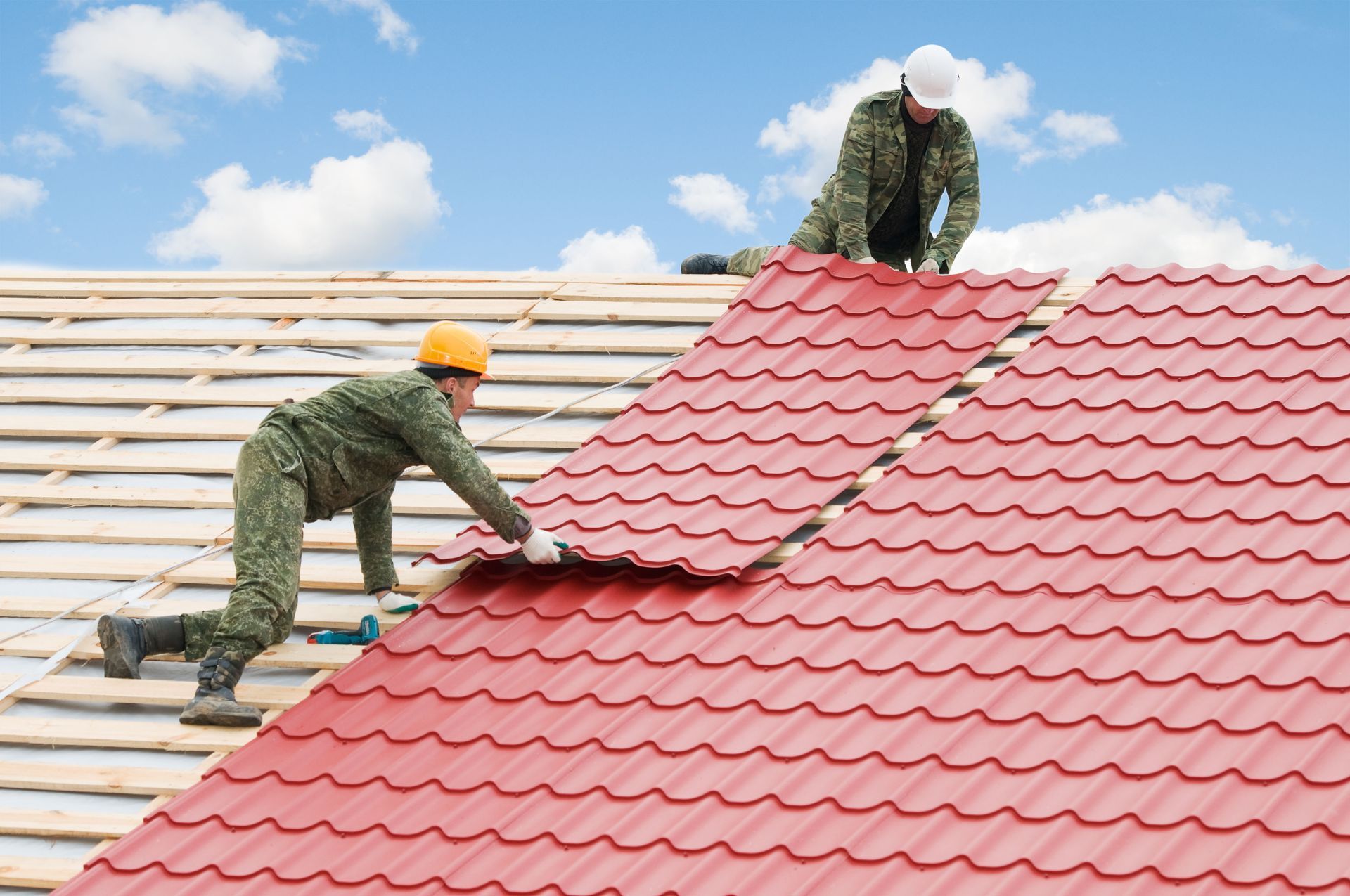

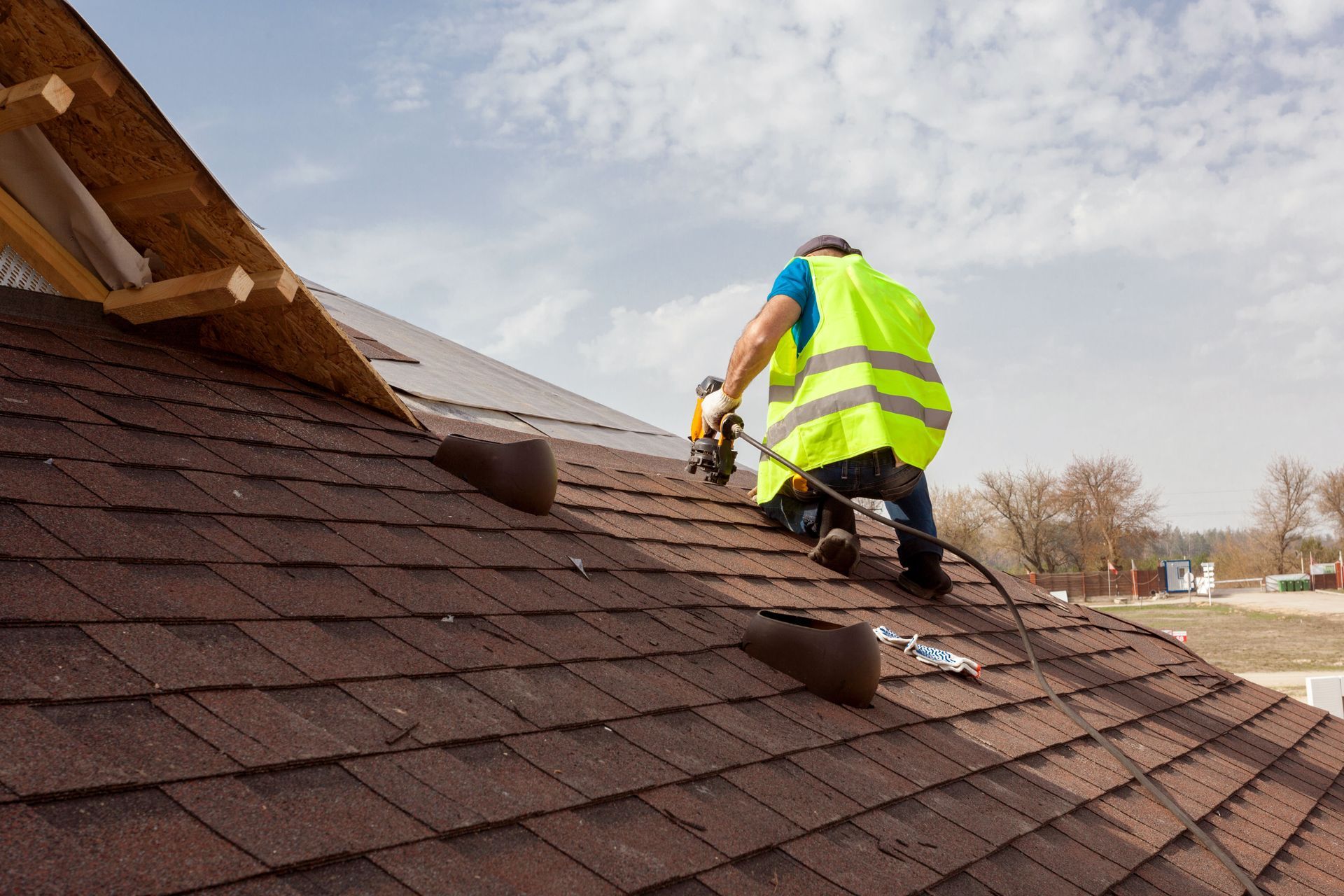

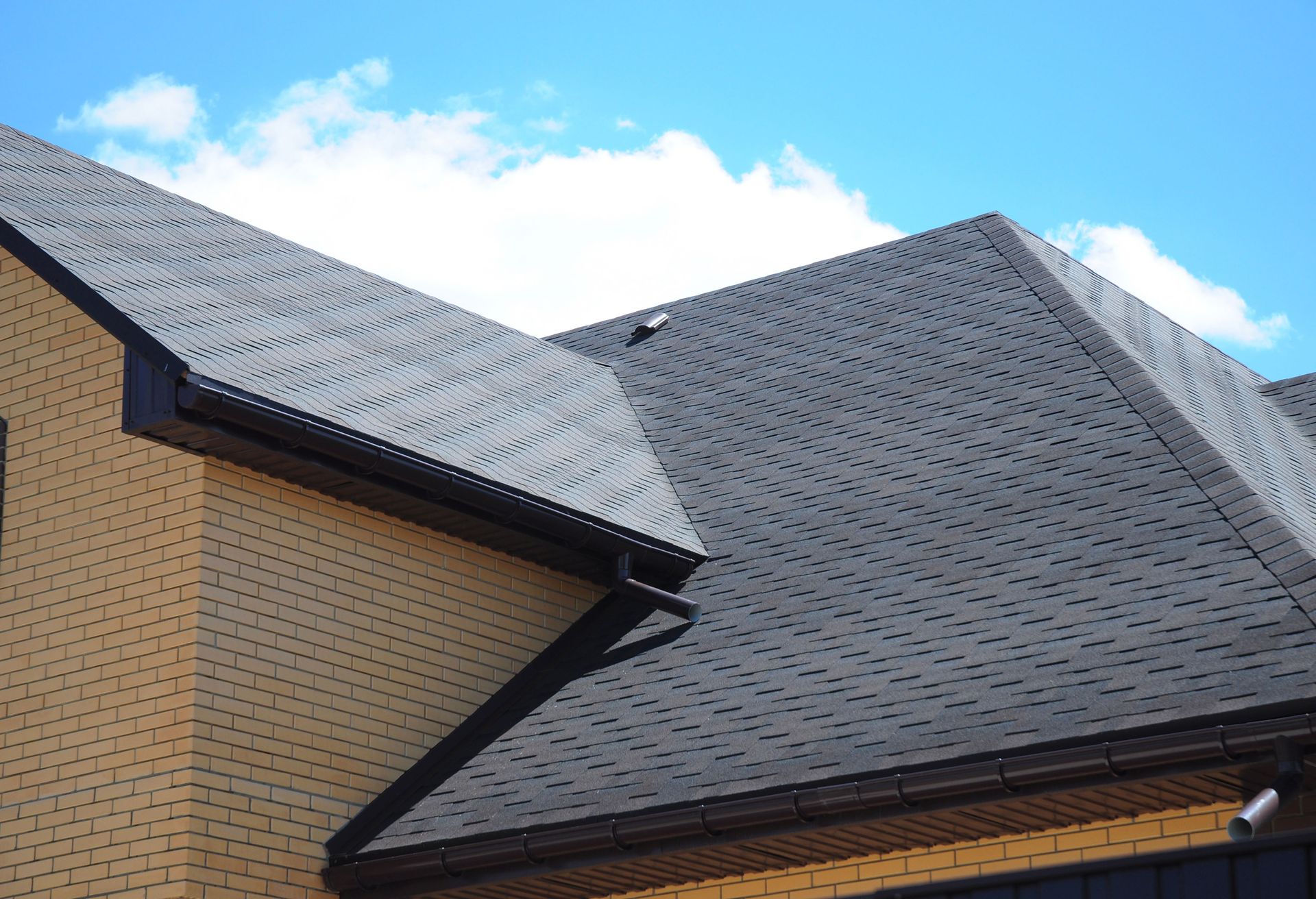


Share On: